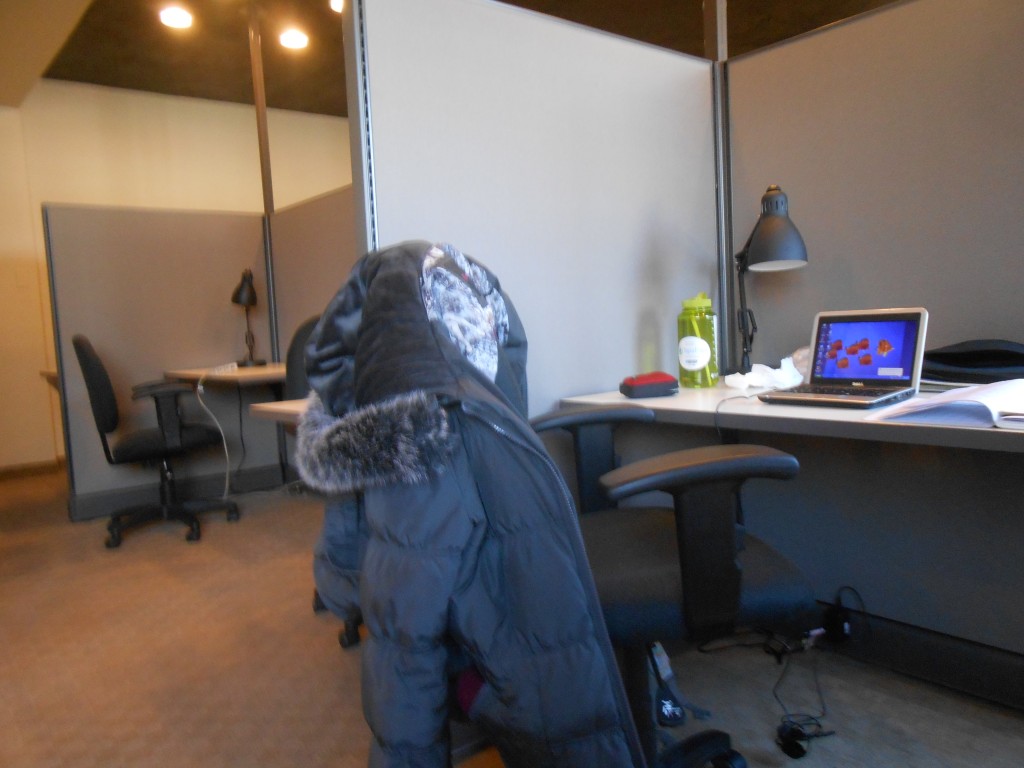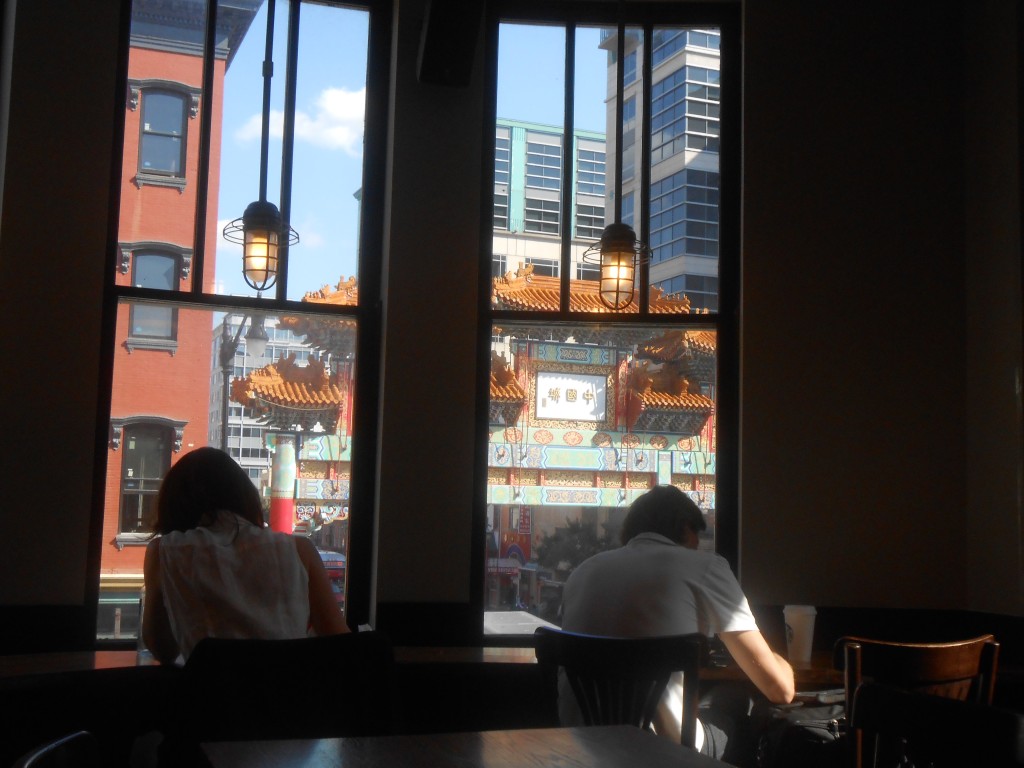One semester, when I was working towards a master of arts in writing at Johns Hopkins, I turned in three very different stories that each happened to contain an interrogation scene. One was the first chapter of a novel about an Irish Traveler who had stabbed a barman; one was in a spy novel, and one was in a surrealistic short story. After the third one, I remember my instructor saying to me, humorously: “What are you? Turning into interrogation-girl?” I laughed then. But now, some years later, I find myself writing another couple of stories in which interrogations figure prominently. And though they are central to the stories I’m writing, not gratuitously injected, I do find myself wondering why interrogations are turning up again in what I write.
Perhaps the subject matters I choose as my themes have made such scenes inevitable: a suspected criminal interrogated by a policeman; a suspected spy interrogated by his or her captors. But these are not the only circumstances in which an interrogation could take place. One could have a husband interrogate a wife (or vice versa), or a boss interrogate an employee, etc.
Interrogation scenes, when evolving organically from the story, are useful vehicles for bringing arguments out in the open, advancing conflict, and leading the story toward its climax. I think that’s one reason why I gravitate towards them–they’re a good way to allow characters to argue. A form of action.
But I suspect that I am also drawn to them because they bring to the fore a contest of wills and the issue of power: who actually has it? (Between spouses, who has power will vary according to the relationship established between the characters. Is the husband a bully and the wife afraid of him? Is the wife the stronger character and the husband’s interrogation an act of desperation? Are they equally matched, like George and Martha, in Who’s Afraid of Virginia Woolf?)
Where power is unequal–where the interrogator appears to control the environment, hold all the cards–how will the person at a disadvantage deal with it? Does he cave and crumble? Does he betray? Does she stand up to it? Does she find a creative way out of the situation? Does he or she have the strength or the bitterness or the stubbornness to stand on principle and refuse to give in? And if they do, what are the consequences? Does the power shift? Who ultimately will win a battle of wills? By putting a character under stress, an interrogation tests the character’s mettle and, in so doing, can quickly and effectively reveal his or her essential nature.


